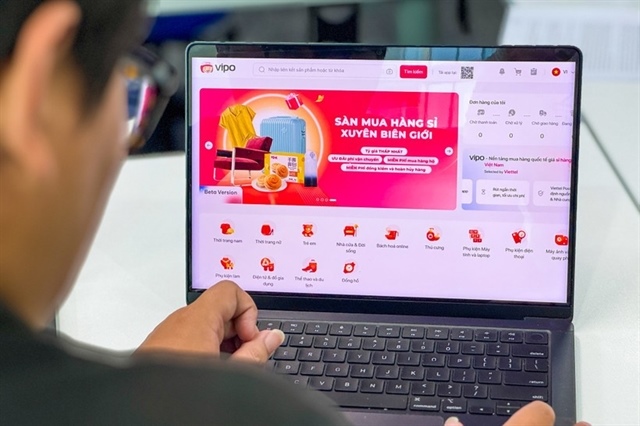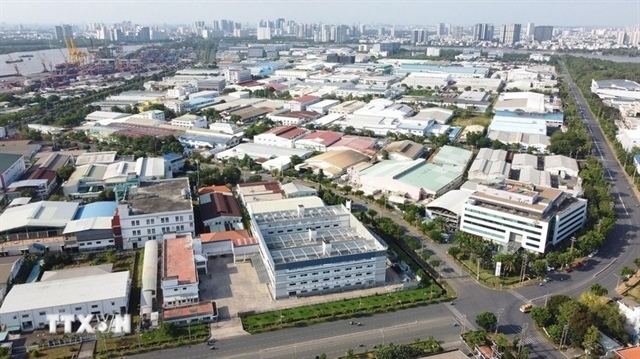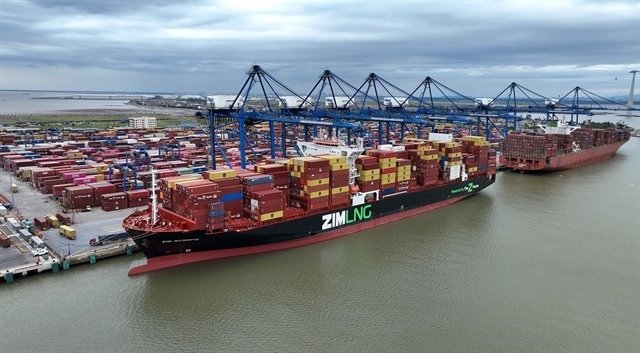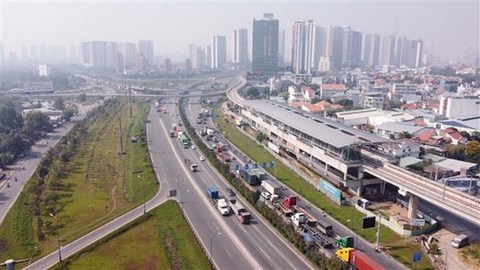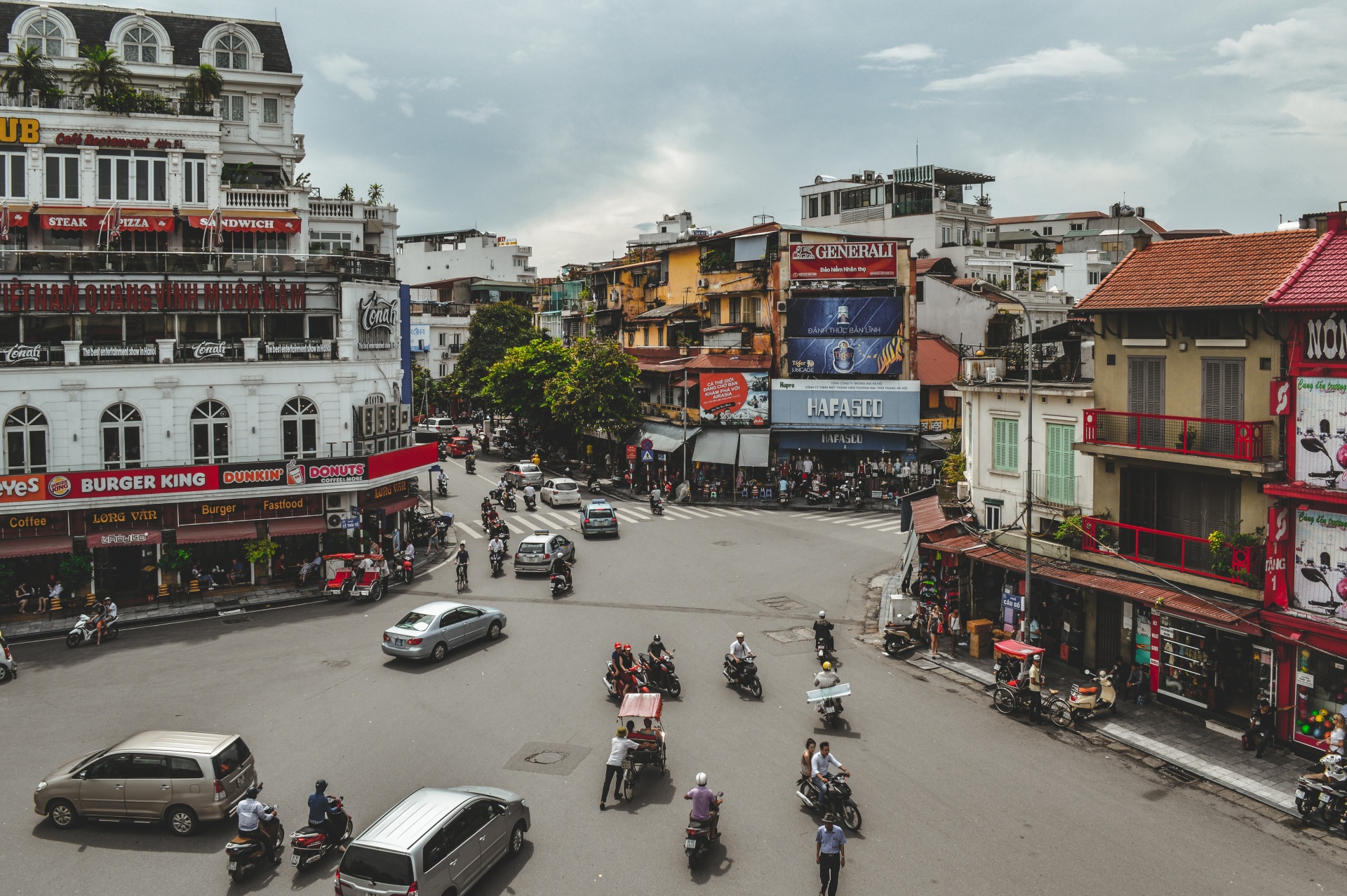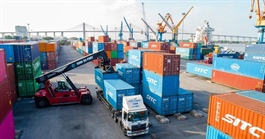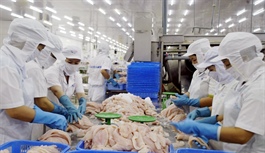WB optimistic about Vietnam’s growth
WB optimistic about Vietnam’s growth
Despite numerous challenges, the Vietnamese economy showed positive signs of recovery in the early months of 2022 and is expected to achieve annual growth of 7.5 percent this year and 6.7 percent in 2023.

The domestic retail sector is recovering |
The World Bank (WB) recently released an economic update for Vietnam in its August 2022 report titled “Taking Stock: Educate to Grow”. Carolyn Turn, WB Country Director for Vietnam, said the global economy still faces supply chain disruptions caused by tensions between Russia and the Ukraine, the occurrence of new variants of the coronavirus, and escalating inflation in many countries. All these factors will affect the recovery of the Vietnamese economy.
However, given positive signs of the domestic market’s recovery and the opening of the service and tourism sectors, as well as satisfactory results of import, export and foreign investment attraction, WB economists are optimistic about the annual growth of the Vietnamese economy in 2022 and 2023.
Dorsati Madani, senior economist at World Bank Vietnam, predicted Vietnam’s GDP could reach 7.5 percent in 2022, 6.7 percent in 2023 and 6.5 percent in 2024. Meanwhile, Vietnam’s inflation is forecast to be curbed at 3.8 percent in 2022, four percent in 2023 and 3.3 percent in 2024.
According to Madani, the WB was concerned about the domestic consumer demand in early 2022. At that time, China - a major import, export market of Vietnam - applied policies to restrict imports and exports due to COVID-19. However, trade with China recovered in July along with strong recovery of the domestic consumer demand, promising positive prospects for the Vietnamese economy towards year’s end.
Nonetheless, the WB report says the Vietnamese economy is facing numerous challenges from the global market, particularly the Russia-Ukraine war. Moreover, new developments of the COVID-19 pandemic will affect the recovery of the domestic service sector, Madani said.
In the context of growing inflation in many countries and tightened monetary policies in some of Vietnam’s trading partners, the Vietnamese economy with its high level of openness is facing the risk of imported inflation.
Domestically, Vietnam is coping with labor shortages, especially of skilled workers and qualified managers. More than 70 percent of surveyed companies said they encountered difficulties in recruiting employees with management skills; 68 percent said they found it hard to find workers with necessary technical skills for specific jobs. Reasons include inappropriate investment in education and limited state investment in creative innovation.

Many companies are facing labor shortages |
Regarding short-term solutions, the WB recommended that to achieve sustainable recovery, Vietnam should focus its fiscal policies and economic support programs on green growth and digitalization.
In the long term, in order to become a knowledge-based middle-income country by 2035, Vietnam needs to increase labor productivity by 2-3 percent annually, Turner said. International experience shows that increased labor productivity can only be achieved through investment in the education system. A competitive labor force is crucial for Vietnam in the long term.
| The WB’s 7.5 percent gross domestic product (GDP) growth forecast for Vietnam in 2022 is higher than the 6-6.5 percent annual target set by the National Assembly and the Government. |


